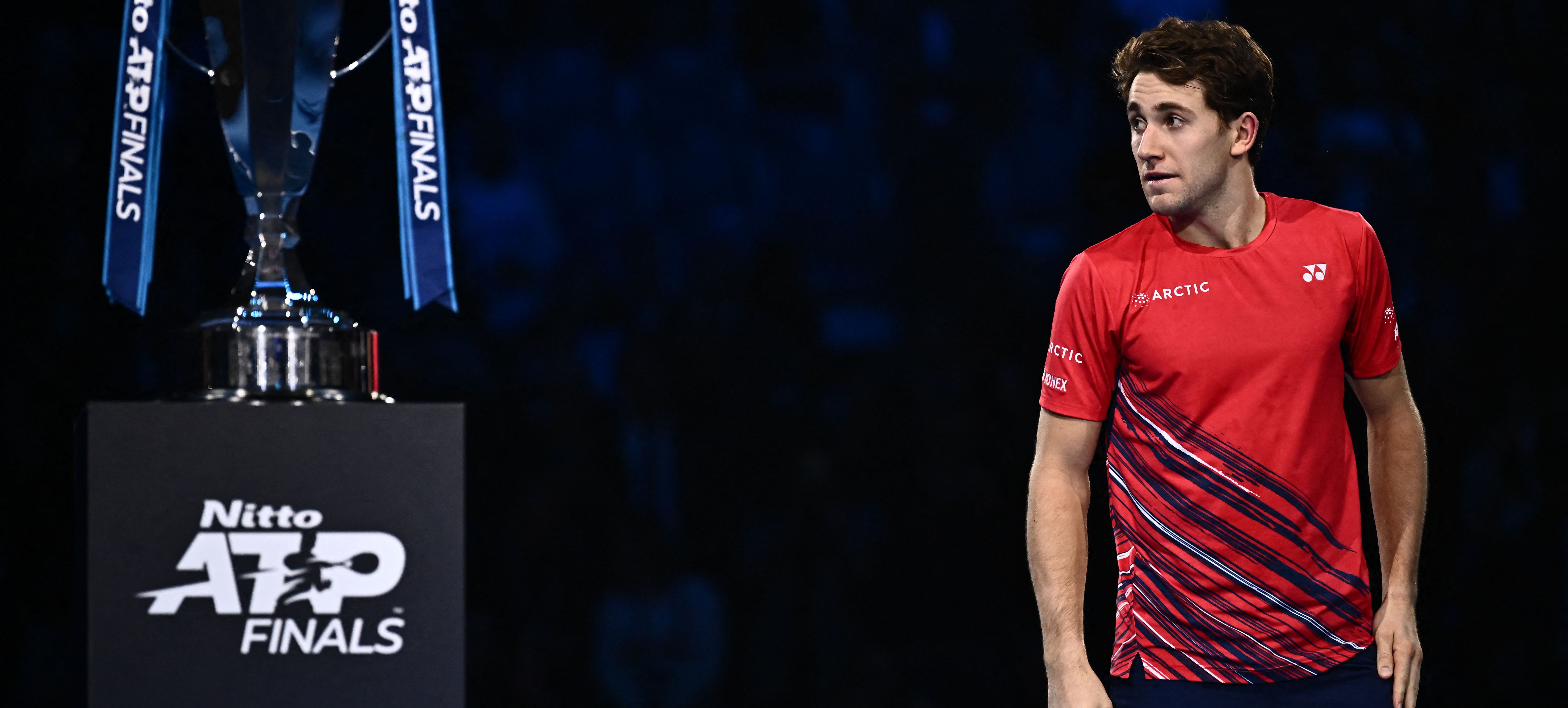
He began the year a step slow when he had to sit out the Australian Open but made up for lost time in Miami, not only roaring into his first Masters 1000 final but also ending the notion that he could only compete on clay courts.
“I never felt like too bad on the surface playing on hard court, but it’s just that my game seems to suit the clay a little bit better,” he said after defeating Francisco Cerundolo in the semifinals.
“Things changed a little bit now, but that gave me some confidence. And then I think I reached, was it three more quarterfinals I think in the 1000s on hard court last year, so that also gave me like good confidence and experience to feel like, ‘Okay, this is something I can do more often.’”
Ironically, it was the more “concrete” approach that shook him out of a clay-court rut this spring, precipitating a run to the Roland Garros final that filled in yet another resume hole.
“The Slams have been something I haven’t performed as well as I hoped before, but this year the goal was really just quarterfinal when we started the year,” he said in Paris, echoing his 13-year-old self, “and here I am in final.”
“When you are a kid, you’re just thinking, ‘Oh, it would be fun to be on TV myself one day playing.’ As I grew older and started playing myself, I was not like the super kid that was unbelievably talented. At least around the world I didn’t stand out too much when I was 12, 13, 14, like other junior stars do.”
Other junior stars like Tsitsipas or Alexander Zverev both reached major finals sooner than Ruud, but both have struggled to match those heights, much less usurp the Big 3 the way they believed they would. Despite Ruud’s traditionally more modest goals, the Norwegian has edged past both where it matters by reaching a second Grand Slam final in Flushing Meadows, thumping an in-form Matteo Berrettini, and pushing Alcaraz to the brink in a hard-fought championship match.

